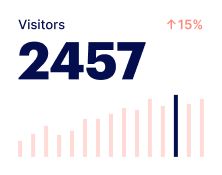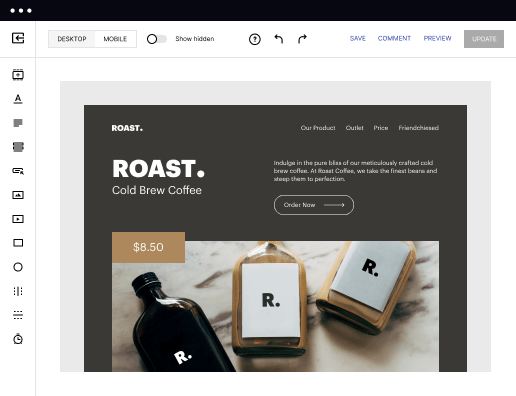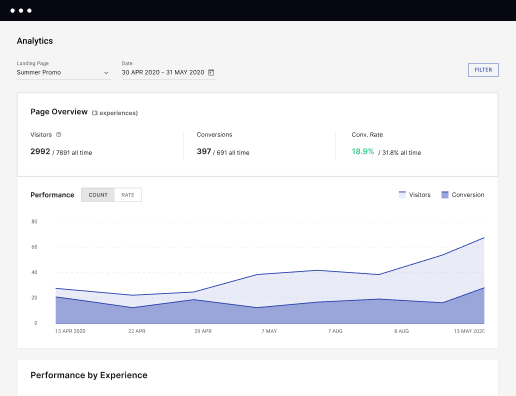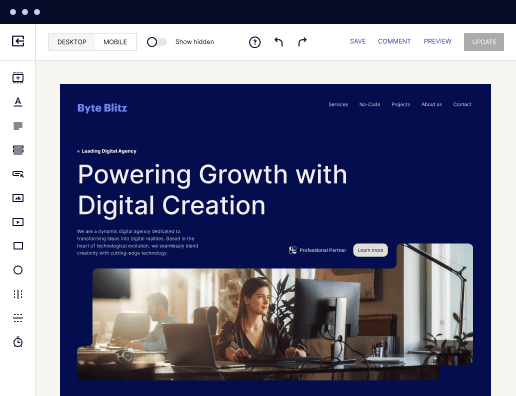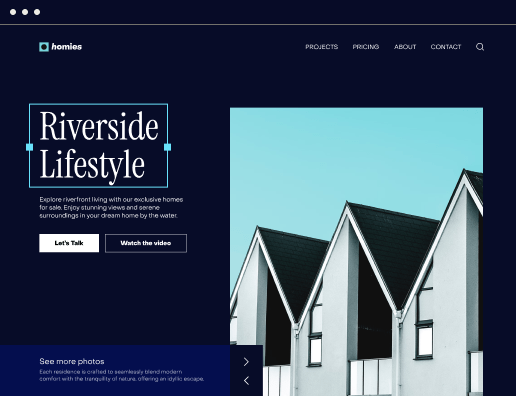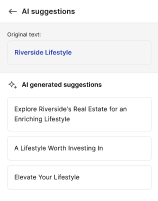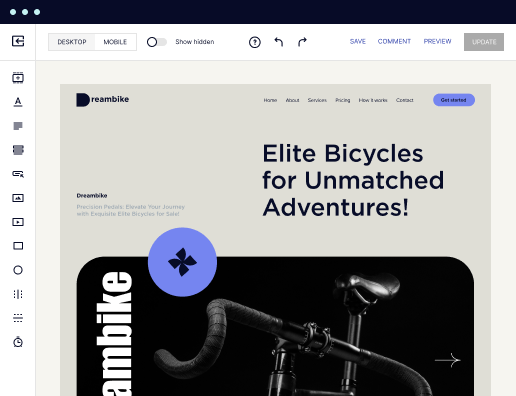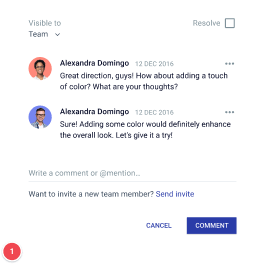Make your web page to speed up website load times: Get noticed
Create your web page to speed up website load times and effortlessly optimize your web pages for diverse ads and audiences. Transform visitors into leads and sales while bolstering brand trust and nurturing customer loyalty.
Build your web page to speed up website load times with Instapage
Creating an effective web page is crucial for enhancing user experience and increasing conversion rates. Instapage's platform allows you to build your web page to speed up website load times effortlessly, ensuring your audience isn't lost due to slow loading speeds. Leveraging customizable templates and intuitive design tools, you can craft optimized landing pages that resonate with your target market while increasing brand trust and customer loyalty.
The importance of fast-loading web pages
Fast-loading web pages not only improve user experience, but they also significantly impact SEO rankings and conversion rates. Search engines like Google prioritize speed; therefore, a slow-loading page can diminish your online presence. By focusing on building your web page to speed up website load times, you create an environment conducive to better engagement, higher retention, and ultimately greater conversions.
- Enhanced user experience: A fast-loading page keeps visitors engaged and browsers satisfied.
- Improved SEO rankings: Search engines favor websites that load quickly, boosting visibility in results.
- Higher conversion rates: Users are more likely to complete desired actions on fast pages, increasing sales.
Step 1: Choose the Right Layout
The initial phase in building your web page to speed up website load times is selecting a layout that supports speed and ease of navigation. Instapage offers over 100 conversion-focused templates designed to minimize load times. When choosing a layout, keep in mind to:
- Opt for simplicity: Simple designs with fewer images and scripts load faster.
- Utilize Instablocks: Use pre-built content blocks for faster assembly without compromising speed.
- Prioritize mobile responsiveness: Mobile-friendly layouts are crucial, as more users access websites on mobile devices today.
Step 2: Optimize Your Content for Speed
Once you have a layout, the next step in building your web page to speed up website load times involves optimizing the content. This includes compressing images, using appropriate file formats, and minimizing code. A few tips to achieve this are:
- Image compression: Use tools to compress images without sacrificing quality to ensure they load quickly.
- Lazy loading: Implement lazy loading for images and videos, so they load as users scroll down the page.
- Minification: Minify CSS, JavaScript, and HTML files to reduce their size and speed up loading.
Step 3: Implement Speed Testing and Analytics
Finally, make use of Instapage's built-in experimentation features to track the performance of your web page thoroughly. Utilizing speed testing tools and analytics dashboards will help monitor and optimize loading times effectively.
- Use heatmaps: Understand user behavior on your page and find bottlenecks in loading times.
- Conduct A/B testing: Compare variations of web pages to determine which performs best.
- Leverage analytics: Utilize data analytics to track performance metrics and inform future improvements.
Building your web page to speed up website load times isn't just a technical necessity — it's a strategy for increasing customer loyalty and driving better ROI. By using Instapage's flexible platform and tools, you can make landing page creation smoother, faster, and more effective.
Are you ready to enhance your landing pages? Start leveraging Instapage today and watch your conversion rates soar!
Get more out of Build your web page to speed up website load times
Improve your Quality Score with quick load technology for landing pages
Increase conversions with content that aligns with your ads and audiences
Achieve maximum ROI by scaling your marketing initiatives
Leading the way in building high-performing landing pages





FAQs
See how to build your web page to speed up website load times in action
Ready to skyrocket conversions?
Supercharge your ad campaigns with high-performing landing pages.
Get started
